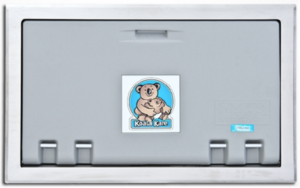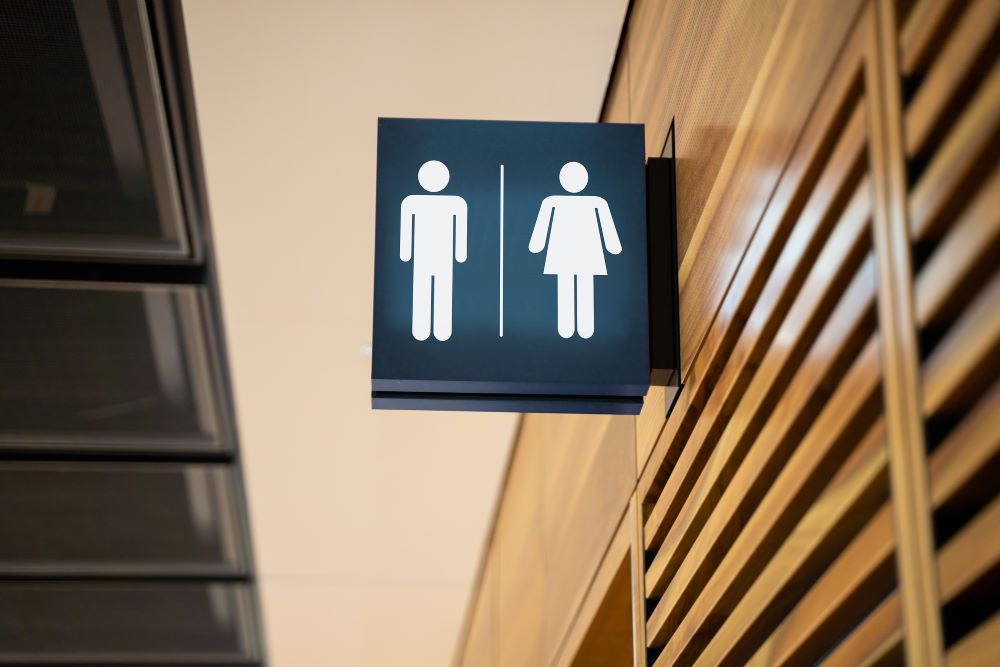Your newest business client wants help obtaining a patent, copyright registration, or trademark registration. While you are exceptionally skilled in many legal fields, intellectual property law isn’t one of them, so you refer that client to competent IP counsel and relax. Everyone wins and … we thank you!
When you do this, the client’s IP protection opportunities will be addressed, and you will continue to service that client for all its other legal needs without having to dabble in the highly specialized fields of patents, copyrights, or trademarks. However, you should know that sometimes the inventive stuff we deal with as patent lawyers really isn’t all that complicated. The technologies we must learn to perform patent work (with the clients as our teachers) can sometimes be quite complex but that’s not the case all the time. The client may have created an elegantly simple, economical, and marketable solution to a problem that others did not even realize was waiting to be solved.
We’ll illustrate this concept with an example that we’re certain all of you have come across (and some have certainly used). For this brief discussion, we must take you behind a closed door – the bathroom door.
Once upon a time, several Minnesota guys spotted a problem that no one else had addressed, and devised a solution that is now in place virtually everywhere. In 1986, their business lawyer formed a company you’ve never heard of – JBJ Industries, Inc. – and they set out to forever change the “face” of the public restroom. Whenever you enter a restroom in a McDonalds restaurant, Target store, airport, arena, etc., the first thing you likely encounter is a wall-mounted baby changing station – and it almost always looks like the one shown in this photo:

These guys recognized that the world was changing – both parents were working and lots of babies were being born. Busy families were on the go, and when the baby’s dirty diaper needed changing there was no private place to do it (except on the bathroom floor – ugh!). McDonalds and Target were the first big companies to embrace customer convenience via this new product concept (a wall-mounted baby changing station) and it rapidly took off from there.
JBJ Industries made millions of dollars, its founders retired, and the company was eventually acquired. This small company changed the public restroom scene forever with an amazing product that was simply a folding shelf.
To obtain a U.S. utility patent, an invention must be useful, novel, and non-obvious over the prior art. To obtain a U.S. design patent, the invention must be novel, original and the subject matter must be an article of manufacture. While JBJ Industries did obtain a U.S. design patent in 1991 for its baby changing station product, the company’s remarkable commercial success was not based on the extensive patentability of its relatively simple product. However, we’re sure it helped that this new product was promoted as “Patent Pending.”
JBJ Industries offered a new family customer convenience for retailers (e.g., McDonalds and Target) who really wanted those growing and affluent families in their stores – and JBJ Industries did this with a fabulous brand. That brand is now KOALA KARE (shortened from its original form, KOALA BEAR KARE). On today’s products, it looks like this:

The selected brand connotation for this product is perfect – a loving parent caring for its cuddly dependent baby, with alliteration in the brand – and a simple, cute, and immediately recognizable logo.
This is splendid example of a “fanciful” trademark. The words “koala” and “kare” do not describe the product. The image part of the trademark likewise does not describe the product. This is the type of mark we encourage our clients to adopt, as it is typically protectable immediately as a unique and registerable trademark.
A new product doesn’t have to be complicated to be a commercial success.










